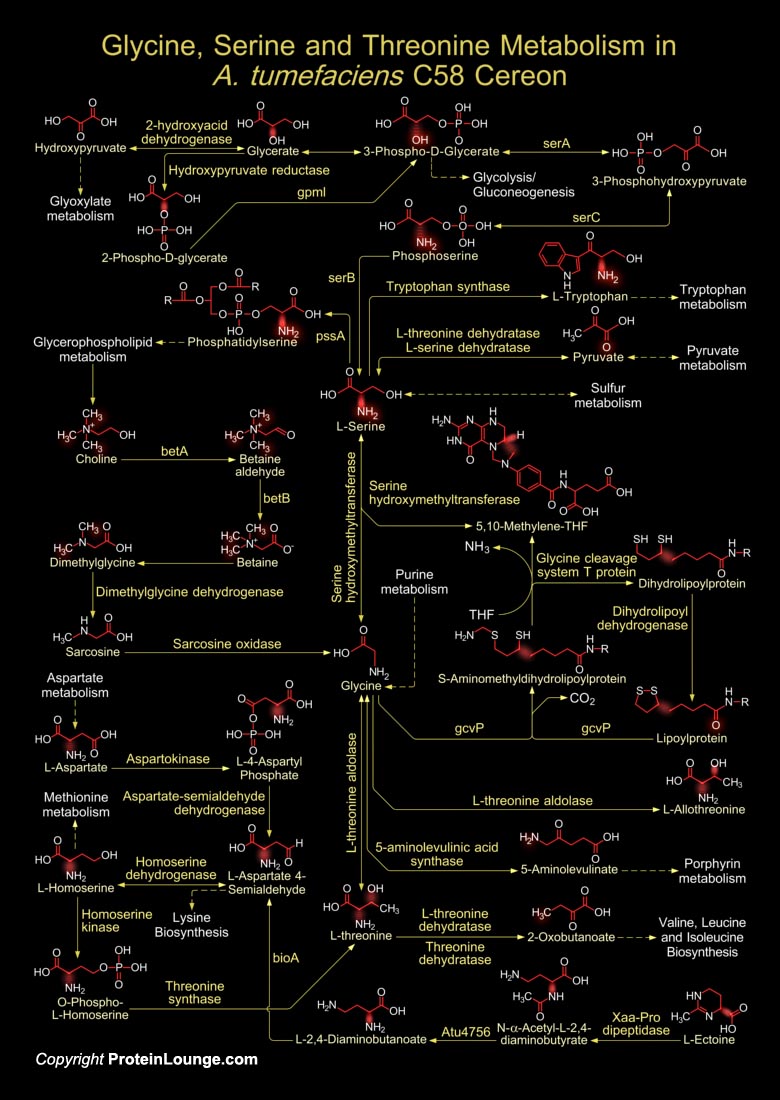
A. tumefaciens (Agrobacterium tumefaciens) is a plant pathogen with the unique ability to transfer a defined segment of DNA to eukaryotes, where it integrates into the eukaryotic genome. It is a Gram-negative bacterium that causes tumors commonly known as ‘Galls’ or ‘Crown Galls’ in dicots. Crown Gall is formed by inserting a small segment of DNA (known as the T-DNA, for ‘Transfer DNA’) into the plant cell, which is incorporated at a semi-random location into the plant genome. The T-DNA contains genes encoding enzymes that cause the plant to create specialized sugars which the bacteria metabolize to form Opines. Agrobacterium is an Alpha-Proteobacterium of the family Rhizobiaceae and are parasitic to the plant. A. tumefaciens C58 is[..]

Members of the bacterial genus Bdellovibrio are obligately predacious upon other Gram-negative bacteria. Bdellovibrio are ubiquitous in nature and their prey includes plant, animal, and human pathogens. Despite the small dimensions of Bdellovibrio cells, its genome consists of 3,782,950 base pairs on a single circular chromosome. B. bacteriovorus (Bdellovibrio bacteriovorus) is a highly motile, vibrio-shaped, Gram-negative Delta-Proteobacterium and in its attack phase, it swims at high speed using a single sheathed polar flagellum with a characteristic dampened filament waveform (Ref.1). Once B. bacteriovorus has collided with a prey cell, it remains reversibly attached to it for a short “recognition” period, after which it becomes irreversibly anchored via[..]
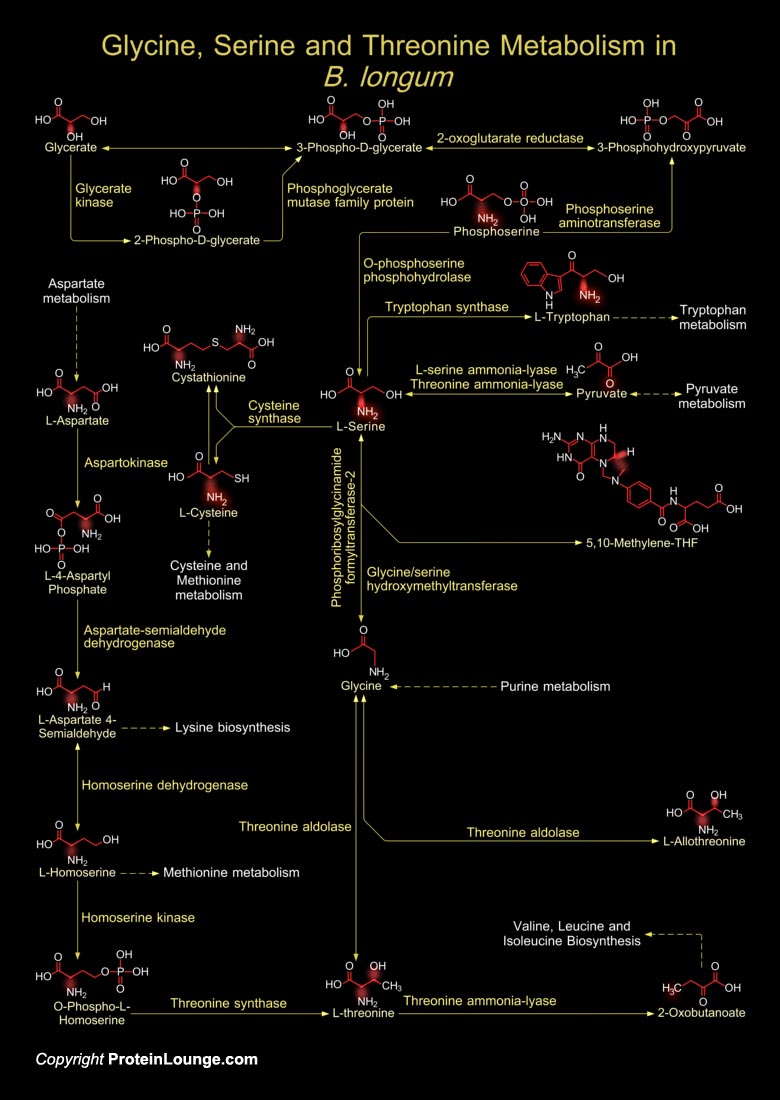
B. longum (Bifidobacterium longum) is among the first colonizers of the sterile digestive tract of newborns and predominate in breast-fed infants. Bifidobacteria including B. longum are Gram-positive, anaerobic and branched rod-shaped bacteria that naturally colonize in the human gastrointestinal tract and vagina. These are beneficial bacteria that contribute to digestion, immunity promotion and inhibition of pathogens, and production of vitamins (Ref.1). The ability to scavenge from a large variety of nutrients likely contributes to the competitiveness and persistence of Bifidobacteria in the colon. Bifidobacteria metabolize nucleotides, some key vitamins and all amino acids (which is evident from the cell wall composition of B. longum that contains both D- and[..]

The Cyanidiophyceae, including C. merolae (Cyanidioschyzon merolae), are a basal clade within the red lineage plastids. The red algae are thought to be one of the basal eukaryotic lineages, and may possess ancestral features of eukaryotic phototrophs. C. merolae is the first species of algae to be sequenced; the organism consists of a single cell that has three smaller compartments, each containing DNA. It is a unicellular, obligate photoautotrophic red alga that is found in acidic hot springs. The C. merolae cell contains one mitochondrion, one plastid with a centrally located plastid nucleoid, one Golgi body, and one microbody (Ref.1). The major biological processes of C. merolae are dependant on its plastid genome. The striking feature of this genome is the high[..]
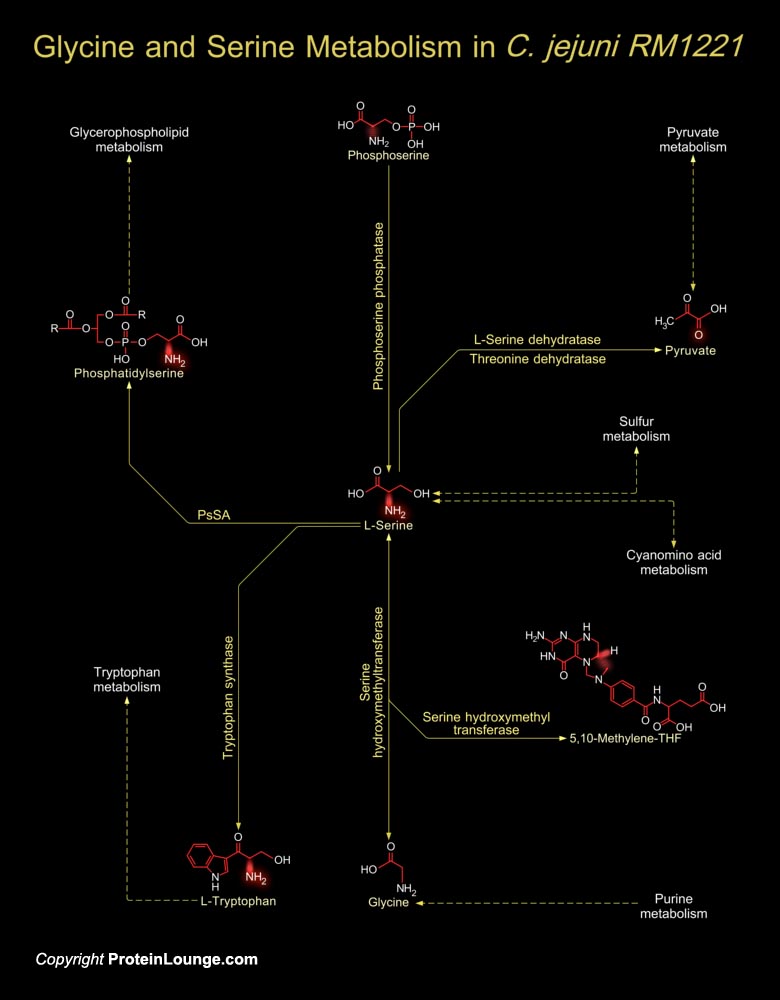
The genome of C. jejuni RM1221 (Campylobacter jejuni RM1221) is a single circular chromosome, 1,777,831 bp in length, with an average G+C content of 30.31 percent. There are a total of 1,884 predicted coding regions in the genome with an average ORF (Open Reading Frame) length of 885 bp. The genomic structure of C. jejuni RM1221 is syntenic with the genome of C. jejuni NCTC11168. C. jejuni RM1221 is isolated from a chicken carcass. There are a number of unique features present in C. jejuni RM1221, which do not occur in the previously sequenced C. jejuni strain NCTC11168, including the colonization and invasion factors, unique LOS (Lipooligosaccharide) and capsule loci, and other unique ORFs. In general, the Gram-negative, slender spiral-shaped, motile, asaccharolytic[..]
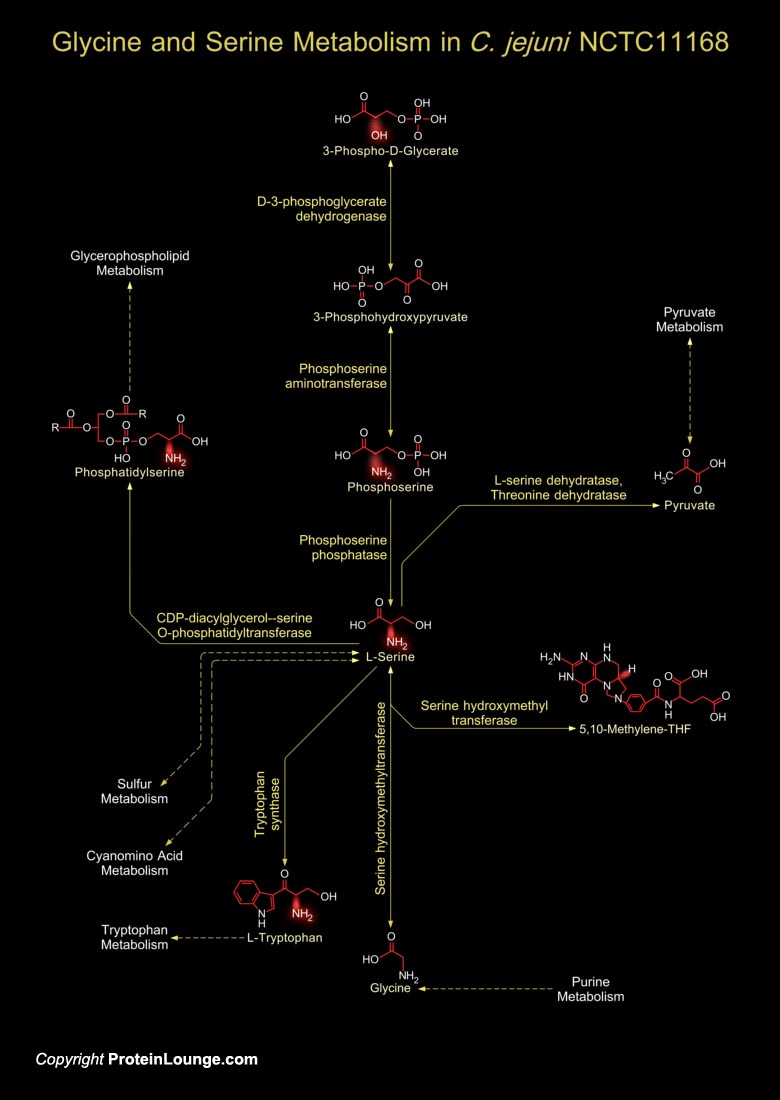
The Gram-negative, slender spiral-shaped, motile, asaccharolytic bacterium C. jejuni (Campylobacter jejuni) is commensal in cattle, swine, and birds. Campylobacteriosis is the illness caused by C. jejuni and is often known as Campylobacter Enteritis or human bacterial Gastroenteritis. Typical symptoms of C. jejuni foodborne illness include severe abdominal pain, diarrhea, fever, nausea, headache, and muscle pain. C. jejuni grows best at the body temperature of a bird, and seems to be well adapted to birds, which carry it without becoming ill. The bacterium is fragile. It cannot tolerate drying and can be killed by oxygen. It grows only if there is less than the atmospheric amounts of oxygen present (microaerophilic). Freezing reduces the number of Campylobacter[..]
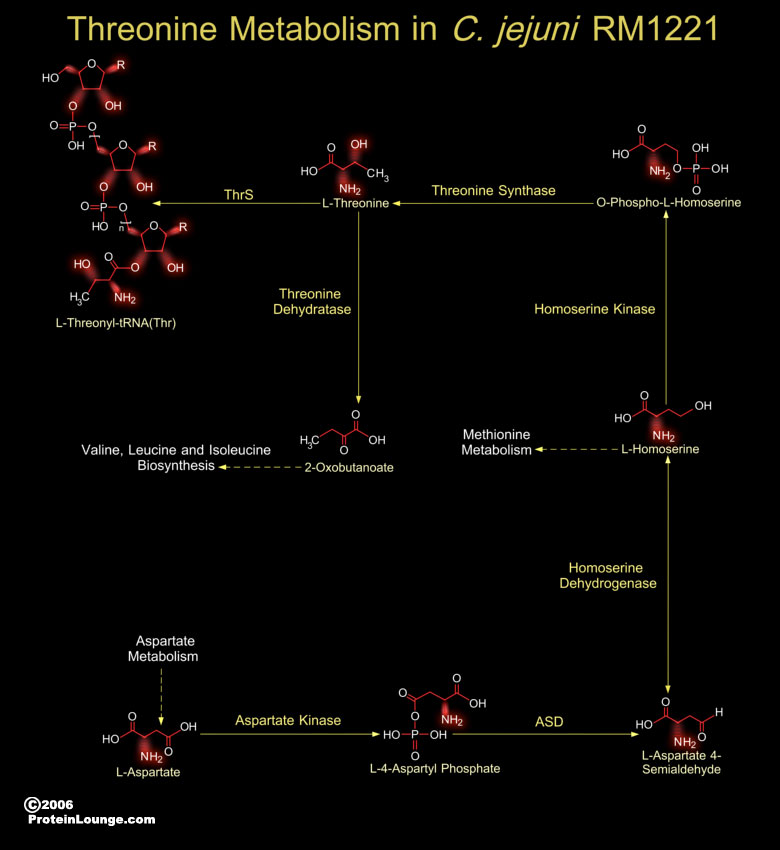
The genome of C. jejuni RM1221 (Campylobacter jejuni RM1221) is a single circular chromosome, 1,777,831 bp in length, with an average G+C content of 30.31 percent. There are a total of 1,884 predicted coding regions in the genome with an average ORF (Open Reading Frame) length of 885 bp. The genomic structure of C. jejuni RM1221 is syntenic with the genome of C. jejuni NCTC11168. C. jejuni RM1221 is isolated from a chicken carcass. There are a number of unique features present in C. jejuni RM1221, which do not occur in the previously sequenced C. jejuni strain NCTC11168, including the colonization and invasion factors, unique LOS (Lipooligosaccharide) and capsule loci, and other unique ORFs. In general, the Gram-negative, slender spiral-shaped, motile, asaccharolytic[..]
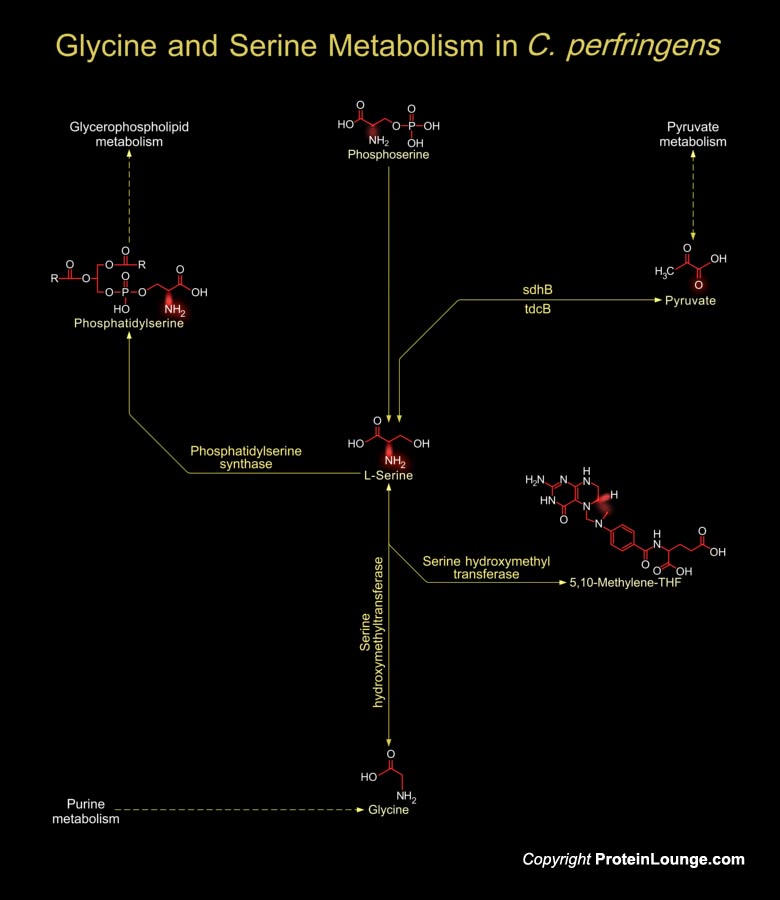
C. perfringens (Clostridium perfringens) is a common Gram-positive endosporeforming, non-motile, rod-shaped, anaerobic bacillus and is known to produce a variety of toxins and enzymes that are responsible for severe myonecrotic lesions. Spores survive cooking and then germinate and multiply during storage at ambient temperature, slow cooling, or inadequate re-warming. Though its natural habitats are soil and the intestinal tracts of humans and animals, it has been isolated from virtually every environment examined for its presence. C. perfringens is a human pathogen, capable of causing illness either through wound infection or food-borne intoxication (Ref.1). Alpha-toxin is regarded as the most medically important toxin produced by C. perfringens; it is the toxin[..]
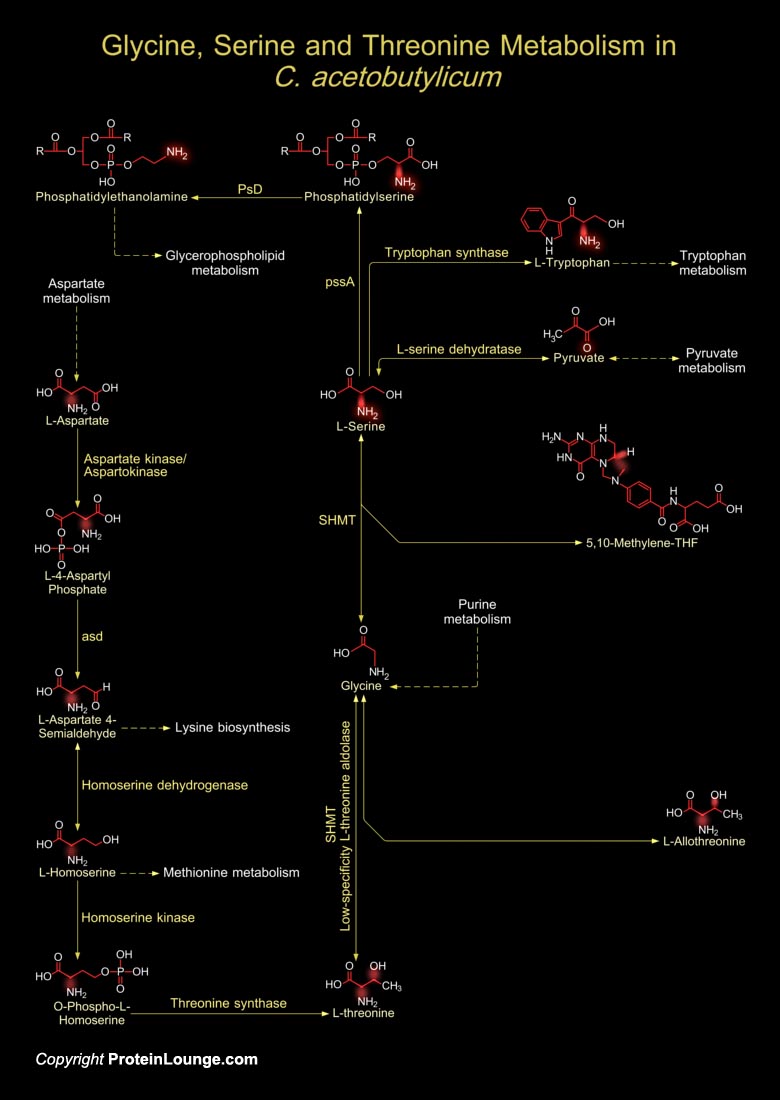
Members of genus Clostridium are Gram-positive, spore-forming rods that are anaerobic. These bacteria includes both motile and non-motile bacillus with ubiquitous distribution in nature and are especially fond of soil. Clostridium shows optimimum growth when plated on blood agar at human body temperatures. When the environment becomes stressed, however, the bacteria produce spores that tolerate the extreme conditions that the active bacteria cannot. In their active form, these bacteria secrete powerful exotoxins that are responsible for such diseases as Tetanus, Botulism, and Gas gangrene (Ref.1). The solventogenic Clostridia like C. acetobutylicum (Clostridium acetobutylicum) continue to be the subject of numerous studies, including recent efforts to apply[..]
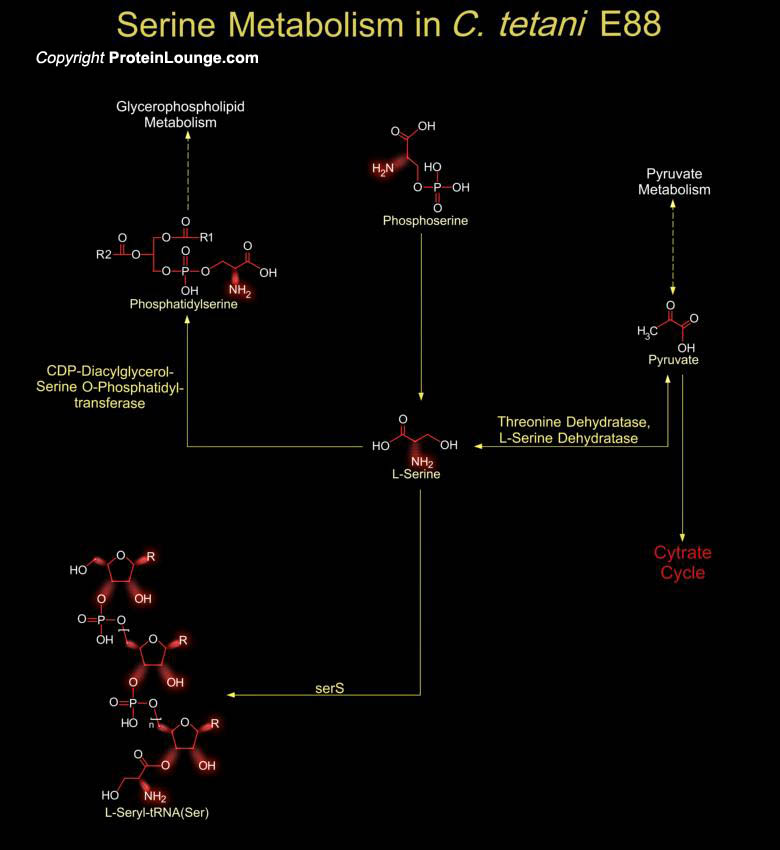
Tetanus disease is one of the most dramatic and globally prevalent diseases of humans and vertebrate animals. The manifestation of the disease, spastic paralysis, is caused by the second most poisonous substance known, the Tetanus toxin (Ref.1). The causative agent of Tetanus disease is C. tetani (Clostridium tetani), an anaerobic Gram-positive, spore-forming bacterium, whose natural habitat is soil, dust, and the intestinal tracts of various animals and which enters the host through wound sites. Comparative genomics reveals a remarkable capacity of C. tetani to rely on extensive sodium ion bioenergetics (Ref.2). C. tetani anaerobically utilize amino acids as an energy source. It carries out fermentation of L-Serine if no additional Hydrogen donor or acceptor is[..]
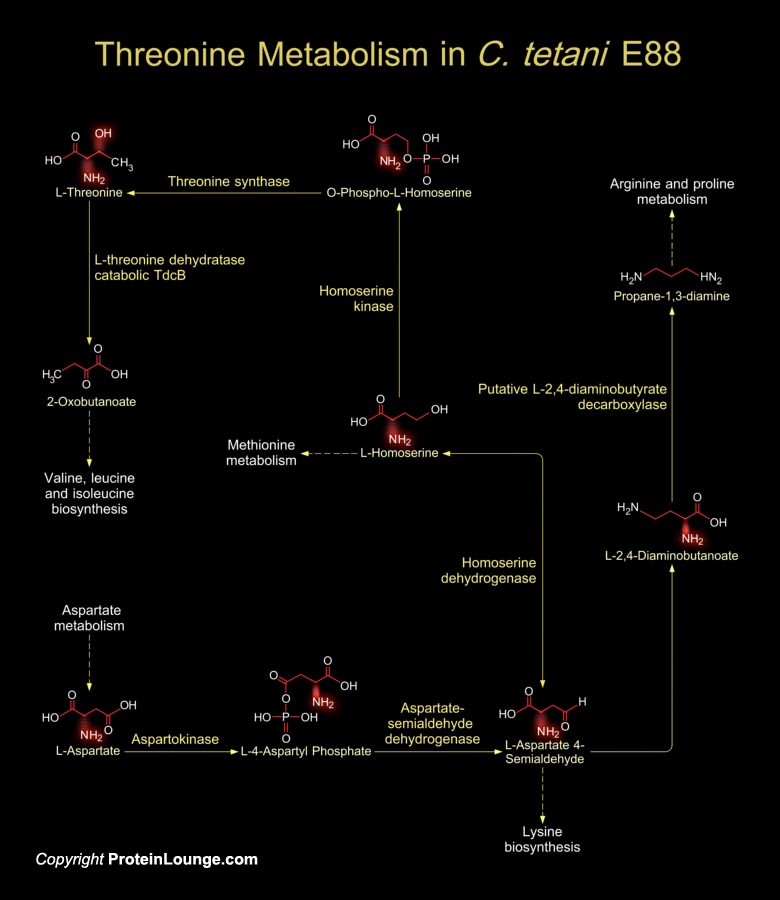
Tetanus disease is one of the most dramatic and globally prevalent diseases of humans and vertebrate animals. The manifestation of the disease, spastic paralysis, is caused by the second most poisonous substance known, the Tetanus toxin (Ref.1). The causative agent of Tetanus disease is C. tetani (Clostridium tetani), an anaerobic Gram-positive, spore-forming bacterium, whose natural habitat is soil, dust, and the intestinal tracts of various animals and which enters the host through wound sites. Comparative genomics reveals a remarkable capacity of C. tetani to rely on extensive sodium ion bioenergetics. C. tetani anaerobically utilize amino acids as an energy source. As is the case in other Gram-positive bacteria, the cell wall of C. tetani is a unique biopolymer,[..]

Marine unicellular Cyanobacteria of the Synechococcus group occupy an important position at the base of the marine food chain. They are abundant in the world's oceans and as a result are one of the most numerous genomes on earth. They have the ability to acquire major nutrients and trace metals from the sub-micromolar concentrations found in the oligotrophic open seas and their light-harvesting apparatus is uniquely adapted to the spectral quality of light in the ocean. Synechococcus utilizes Chlorophyll-A. Marine unicellular Cyanobacteria are responsible for an estimated 20-40 percent of Chlorophyll biomass and Carbon fixation in the oceans. Open ocean isolates of Synechococcus possess a unique type of swimming motility not seen in any other type of[..]

